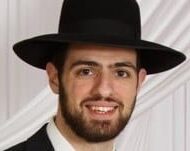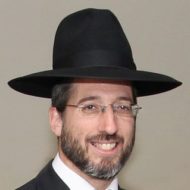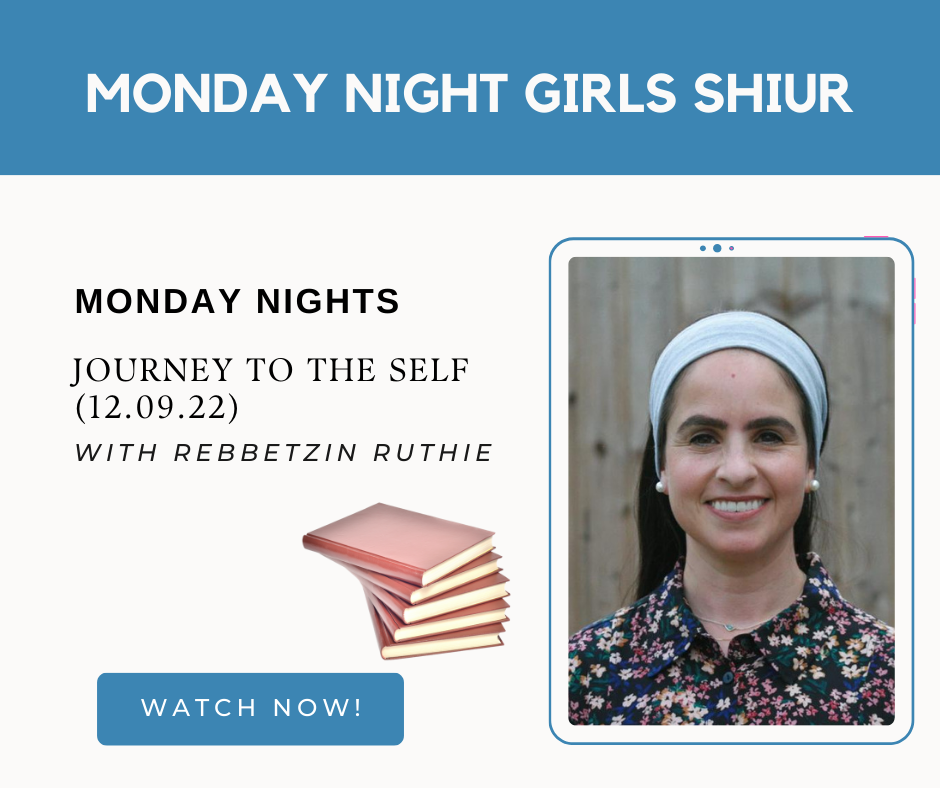
There is yet another election looming. But the prestigious and bipartisan Institute for Fiscal Studies, upon its analysis of the political parties’ manifestos, concluded that the electorate was still “in the dark” as to what they were actually offering. Party leaders keep talking about what they are not going to do – waste any more money, allow immigration to keep spiralling out of control, close any more hospitals – but nobody knows how they are going to do it. And as we shall see from this week’s double Parashaa with regard to far loftier ideals, abstention from the negative is only half the story.
Parashat Achrei Mot, the first of the double Parasha, lays out in clear detail all the various types of relationships that are forbidden min Hatorah. Interestingly, all these details are repeated again towards the end of Kedoshim, the second of the double Parasha. Ordinarily the repetition of a transgression in the Torah is to provide the consequential punishment to what was previously just a warning, an azhara. But that does not explain why they are separated across two Parashiyot?
Furthermore, there is an unusual element to the command at the beginning of Kedoshim, You shall be Holy, in that it had to be delivered to the entire nation – el kol adat bnei Yisrael. Rashi explains in the name of Torat Kohanim that this Parasha was read as part of Hakhel, the once in seven year reading of the Torah at the end of Shemitta, because “rov gufei haTorah teluyin bo”, most of the concepts of Torah are dependent on it. In that source, Rabi Levi explains this to mean the similarity between this Parasha and that of Maamad Har Sinai, the ultimate gathering of Klal Yisrael. All of the Aseret HaDibrot are alluded to throughout Parashat Kedoshim. But what is not clear is why this repetition was necessary nor why it is deliberately against the background of the kedusha imperative.
In order to resolve these difficulties we must try to understand what is meant by “You shall be Holy”. According to Rashi, this instruction is follow-on from the previous Parashiyot which detail some of the most important mitzvot in a Torah observant life style – Kashrut and morality. Abstention from the grievous sins of treif food and illicit relationships brings about a spirit of holiness. But the Ramban disagrees. Quoting the same Torat Kohanim as Rashi, the Ramban claims that Kedusha cannot be achieved by merely abstaining from sin. Indeed there would not appear a need to create a new instruction as these behaviours had already been outlawed. Rather, kedoshim tihyu is referring to that which is permitted yet not allowed. Kosher food may be permissible but that does not mean one can indulge themselves beyond reason. The same applies to a person’s interaction with their wife – or wives. According to the Ramban, Kedoshim tihyu comes to teach us to be frugal, restrained, refined. It comes to warn us away from excessive indulgence so that we do not become a “naval birshut haTorah”, a degenerate with a Torah license.
It is possible that these two concepts of Kedusha are not divergent but rather referring to two stages in a process. Rashi’s definition of Kedusha is the phase of prishut, abstention. This is the “sur me’ra”, the removal of immorality. The Ramban, while also defining Kedusha as abstention, is nonetheless talking about a positive formation of sanctity. His message is that simply refraining from sin does not create holiness. It is only when one goes beyond the letter of the law in a positive fashion that one can fulfil what is essentially a positive mitzvah – Be Holy.
Achrei Mot is perhaps referring to the former whilst Kedoshim to the latter. And this is reflected in one key change in the text describing the forbidden relationships. Achrei Mot talks of purity which is merely the absence of tumah, impurity; Kedoshim talks of havdalah, separation, elevation, reaching for a higher level.
English table manners require tea drinkers to leave the last drops in the cup. One explanation is to show mastery over the tea; leaving the last bits indicates the drinker has not downed his tea with abandon. Those last drops are not treif, but are they necessary? So often in life the famous quip of Everest conqueror Edmund Hillary is mentioned: Why did you climb the mountain? Because it was there! Today when people are asked: Why did you eat that 16th slice of cake? they respond with the same answer. But Kedoshim tihyu reminds us that “Why not?” is not good enough; to be Holy, we need to find and define a positive objective.







